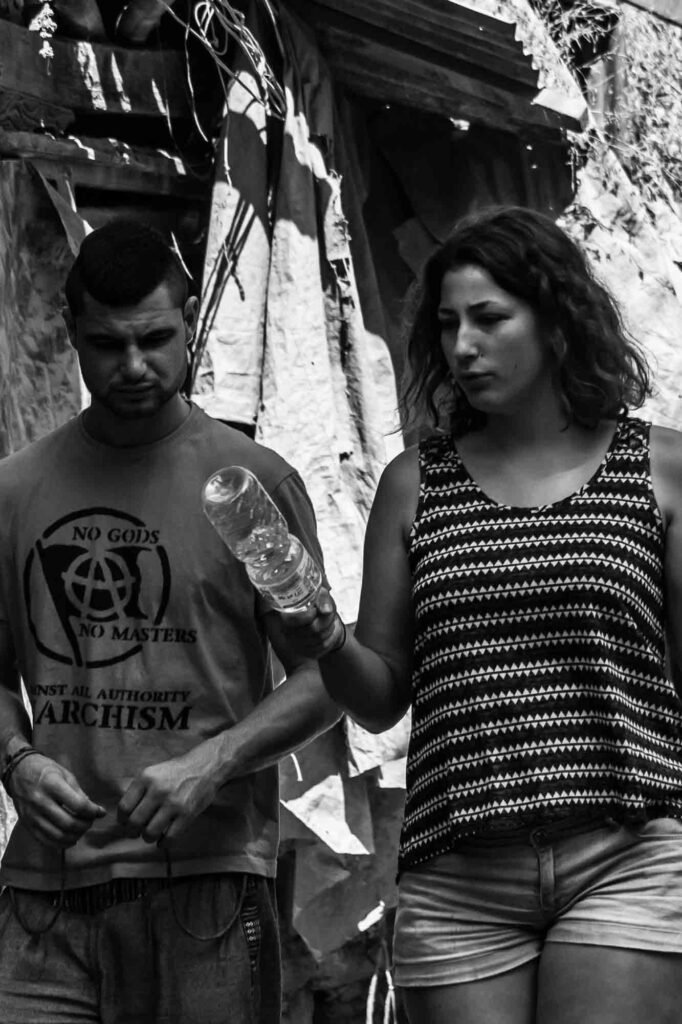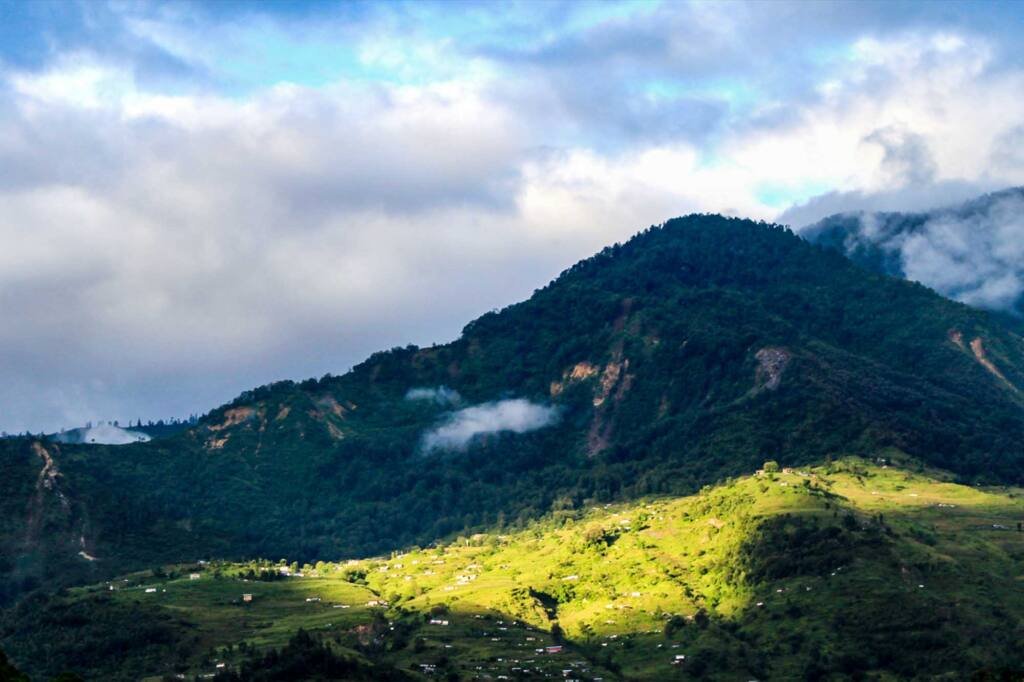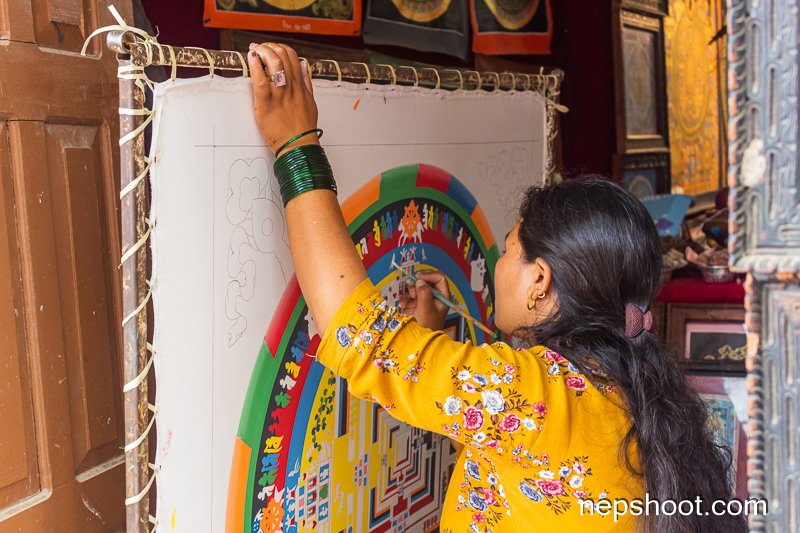My Photography Journey
Photography has become a trending passion these days. Generally, photography is considered a form of documentation. Many people think it’s simple and just about pressing the shutter button. But in my opinion, everyone enjoys photography to some extent. The camera is at the heart of photography—it is an essential tool. A photograph serves as a witness to time, capturing moments that allow us to observe and measure change.
These days, many people are engaged in photography in some form. However, during events, official photographers often face challenges capturing good photos. People in the crowd frequently interrupt them by taking photos on their mobile phones, blocking views and distracting both the photographer and the subjects. While it’s natural that people want to take pictures, they should respect and give priority to the hired photographer. I’ve experienced this problem personally, and I believe many other photographers face the same issue. The trend of taking photos continues to grow rapidly.

My Photography Background
When did I start photography? Honestly, I’m not exactly sure—it’s been a part of my life since childhood. My father once brought home a film camera that could take 36 photos per roll. Although I didn’t get to use it myself, my father used it to capture photos of me during festivals and family gatherings.
Later, he brought another film camera—red in color—which I used to play with. Then I got my first mobile phone with a camera: a Nokia CDMA set, which I exchanged with my best friend Krishna Prasad Subedi. That marked the beginning of my photography journey, though I was unaware at the time.
I started by capturing landscapes and using those photos as wallpapers for my phone. I focused on landscapes, portraits, and nature. After that, I got a Chinese phone and then moved on to Sony and Canon digital cameras. Back then, I didn’t understand technical photography—I just took photos.
Everything changed when I met Umit Shrestha. He taught me about photography—how to take better photos and where to take them. He explained the technical aspects such as aperture, ISO, shutter speed, manual and aperture priority modes, and white balance. He also recommended a photography group on Facebook called Nepalese in Photography, which I joined.
Later, I got an iPhone 4 that I used only for taking photos. It taught me about composition. I even took a wildlife photo of a wild sheep using the iPhone with binoculars—that was my first wildlife shot.
With growing interest and basic knowledge, I felt ready to step into more serious photography. I bought my first DSLR camera—Canon 700D—again with support and guidance from Umit Shrestha. I started with an 18–55 mm STM lens and later added a 55–250 mm lens. I also started a Facebook page, a blog, and my personal photography website: nepshoot.com.

My Future Plans in Photography
I don’t have big ambitions in photography, but I have a strong desire to explore Nepal and support the country through my work. I want to document Nepal’s landscapes, wildlife, nature, and smiling faces. My aim is to promote tourism, especially in rural areas, through visual storytelling.
I have also started making vlogs about my photography journeys, which are available on my YouTube channel. I’ve done solo photowalks in various places. Interestingly, photography has even helped me improve physically—I couldn’t walk fast before, but now I can!
In the future, I plan to buy a high-speed computer, camera filters, and a telephoto lens—specifically the Sigma 150–600mm Sports version. With that, I aim to dive deeper into wildlife and bird photography. I also plan to document cultural traditions, especially those of my own community, including a long-term project called “Birth to Death” that captures the entire cultural lifecycle of the Thami people.

My Inspirations
Everyone has their icons, and so do I:
- Nadav Bagim – Macro photography
- Morten Hilmer – Wildlife photography
- Thomas Heaton – Landscape photography
- Raghu Rai – Street photography (an Indian photographer awarded the Padma Bhushan)
- Jagdish Tiwari – A respected Nepali landscape photographer
What I Don’t Like
Once, I had the chance to go on a photo walk with a senior Nepali photographer. I had hoped to learn from him, but instead of mentoring me, he treated it like a competition. That was disappointing. I was just a beginner, and he had years of experience.
Another thing I don’t like is when friends distract me while I’m taking photos—especially during macro shots of bugs, butterflies, or wildlife. In landscape photography, it’s easier to recover after a distraction, but for those moments in nature, focus is everything.

My Future in Photography
I don’t see photography as a career path—rather, it’s a passion. I simply enjoy doing it. I have a website where I share my latest work and plan to expand it further with a beautiful photo collection. I also upload my images to stock photo platforms and plan to sell prints through my site.
I’m currently building a large photo archive. My next gear upgrade includes a high-quality full-frame camera and the Sigma 150–600mm lens for better wildlife photography. I will continue to vlog my travels and hope to collaborate with other photographers from Nepal and abroad. I also wish to teach photography to students and photography enthusiasts in the future.
Thank you for reading and giving your time!

